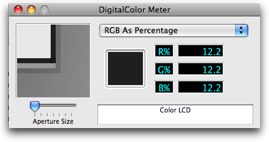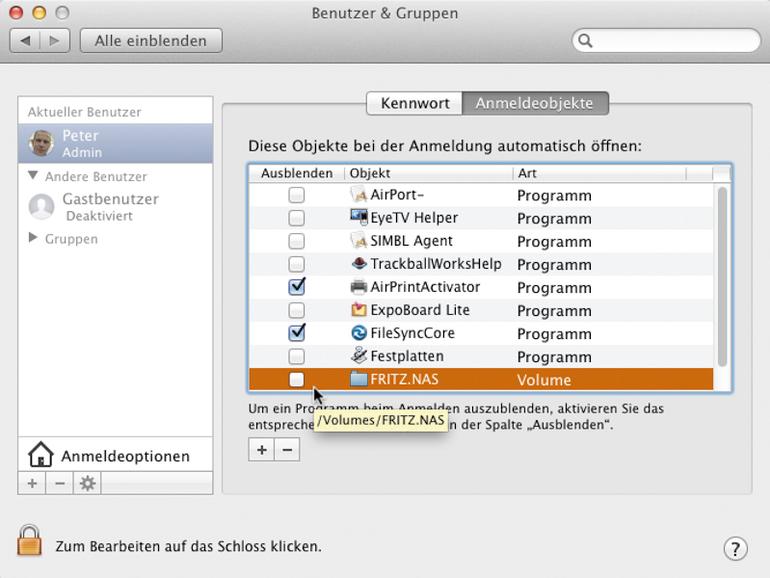


I guess the developers chose to concentrate on getting the important stuff right first which is fine with me. The first is purely the fault of the tool, despite the fact that the rsync command supports synchronization across networks (via SSH), arRsync does not. I’ve been using the current release since it came out a few months back and it hasn’t crashed on me once despite the fact that I regularly backup about 300GB with it.
Arrsync download software#
The other nice thing about the icon in the Dock is that while you’re doing your backup it shows you a progress bar! Since large backups (few hundred GB) can take a significant amount of time, particularly if you’ve updated a lot of files or if it’s the first time you’re backing up the data, this is actually a very useful feature.Īll in all arRsync is a very good program because it does what it does very well, and despite being beta software it is still exceptionally stable. Below is a screen shot of arRsync about to start my main backup.Īs childish as it sounds, one of the things I really like about arRsync is it’s icon, it’s a skull and cross-bones with the regular circular sync icon instead of a head.
Arrsync download update#
Then you just have to load the profile and click a button to update the backup copy of your data. To create a backup just select what folders you want backed up to where and save it as a profile. Oh, and arRsync is both free and open-source!īackup, arRsync, Rsync, OS X The nice thing about rsync is that it only replaces files that have changed, so even if you have hundreds of GigaBytes of data, you’ll still be able to update your backup in a reasonable time. You might wonder why you would need to efficiently synchronize data between two hard-disks? The answer, backups! I use rsync (via arRsync) to backup all my important data to external hard-drives. All it does is provide a simple GUI and the ability to store profiles, but that’s all that’s needed to make rsync available to regular users.

OS X only contains the command-line tool though, not a GUI to provide easy access to it. When it comes to efficiently synchronizing data between hard-drives there is a great Unix/Linux command-line tool, rsync, which is installed on OS X Tiger (and perhaps previous versions too) by default.


 0 kommentar(er)
0 kommentar(er)
